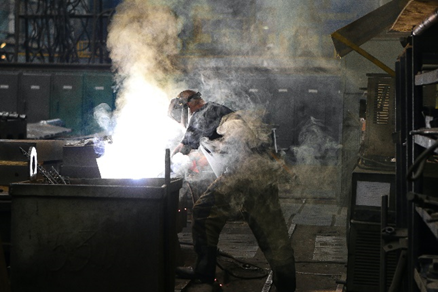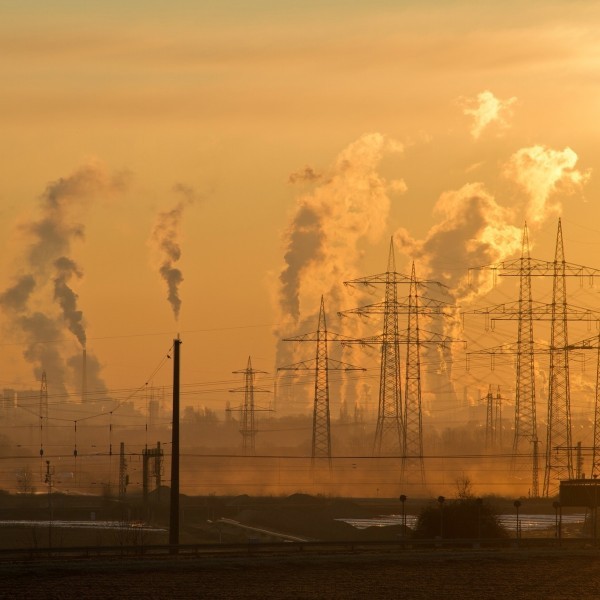Where Does Particulate Matter Come From?
Particulate matter can come from a variety of sources, both natural and human-made. Some natural sources include wildfires, dust storms, and volcanic eruptions. Human-made sources include burning fossil fuels for energy production, transportation, and industrial processes. Other sources of PM include construction sites, agricultural activities, and even cooking and smoking.

Why is Particulate Matter Dangerous for Your Health?
When inhaled, particulate matter can penetrate deep into the lungs and even enter the bloodstream. Exposure to PM has been linked to a range of health effects, including respiratory and cardiovascular problems. Studies have shown that long-term exposure to particulate matter can lead to decreased lung function, chronic bronchitis and even premature death. PM can also worsen pre-existing health conditions such as asthma and heart disease.
The smaller the particulate matter the more dangerous it is to health. PM2.5 for example, refers to particles with a diameter of 2.5 micrometres or smaller. These particles are small enough to enter the lungs and even penetrate into the bloodstream, leading to inflammation and oxidative stress. Long-term exposure to PM2.5 has been associated with an increased risk of heart disease, lung cancer, and strokes.
Children, the elderly, and those with pre-existing conditions are particularly vulnerable to the health effects of particulate matter. However, even healthy individuals can experience symptoms such as coughing, wheezing, and shortness of breath when exposed to high levels of PM.
The solution for air pollution
Air pollution can be reduced through a combination of political measures and individual actions. Governments can introduce regulations to reduce emissions from industrial sources and vehicles and encourage the development of public transportation. Individuals can also play a role by using eco-friendly products, reducing energy consumption at home, and adopting sustainable modes of transportation such as cycling or walking. It is essential to raise public awareness about the harmful effects of air pollution. Through our collective efforts, we can create a cleaner and healthier world for ourselves and future generations.



